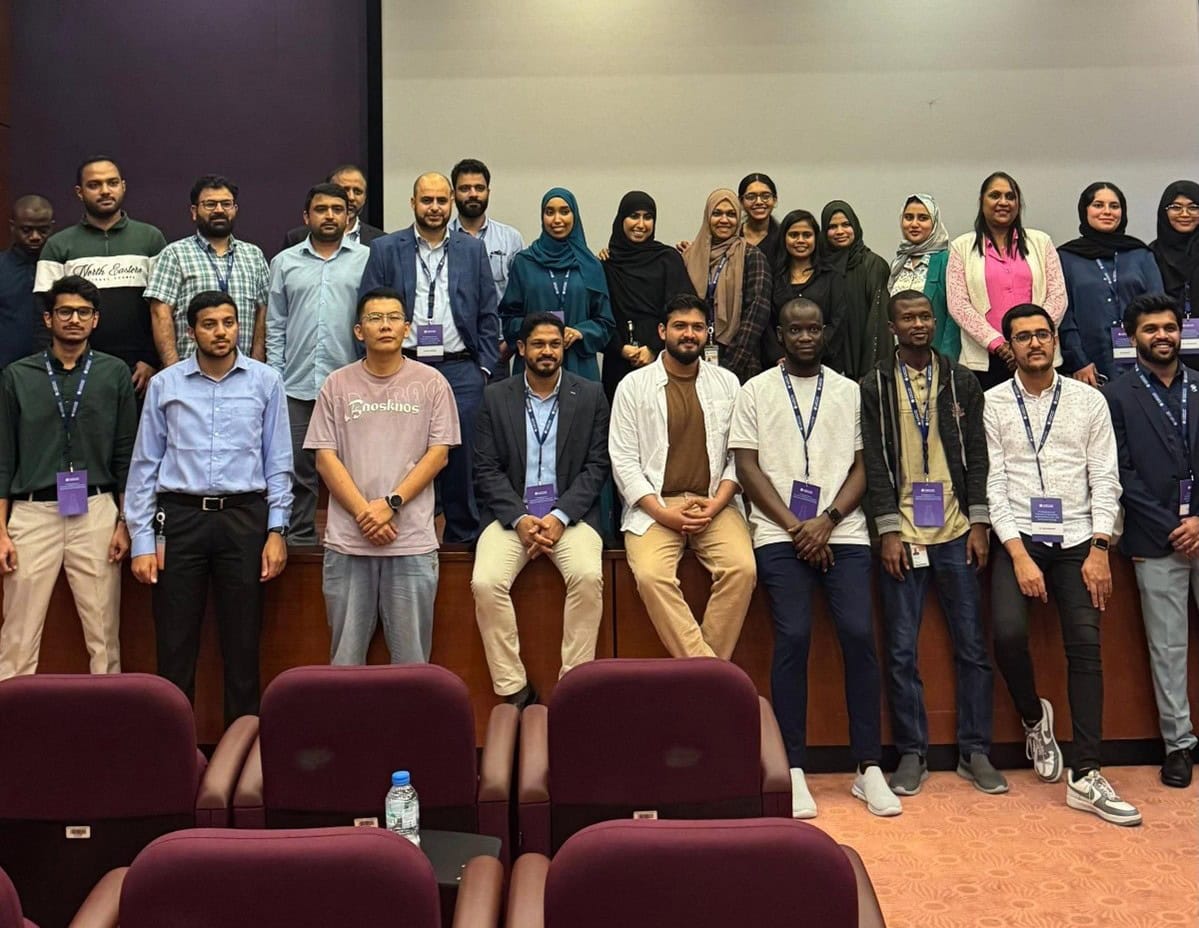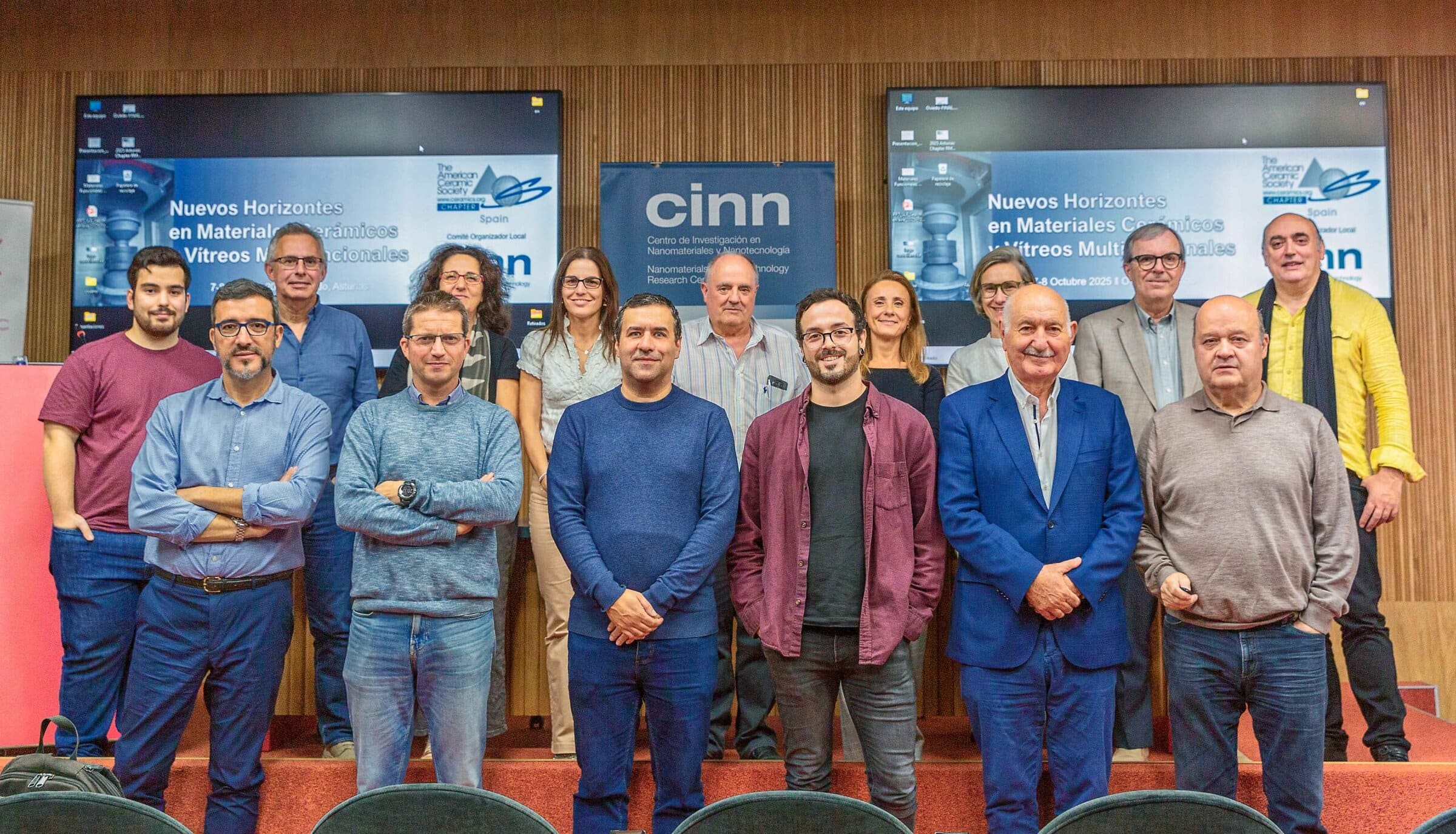Wednesday night has arrived, the night of the ICC4 gala. When I was interviewed for this scholarship, the gala was described to me, and I have been anticipating it ever since. Let me give you some flavor for how this event really made for a fantastic climax to the conference.
The event was held in the modern wing of the Art Institute of Chicago. The building itself was interesting itself as it is a LEED certified green building. The architecture comprising the building really made it a work of art itself and really showcased the exhibits therein. The exhibit reserved for the ICC4 crowd included several Picasso paintings and a variety of other equally impressive modern artists.
What I didn’t know before going was that Kathy Faber, who is one of the many people responsible for both the success of the gala and the entire ICC4 conference, is actually involved with the research conducted at the institute. There were two speakers at two Picasso works discussing what types of information that research had yielded. At the Red Armchair, Francesca Casadio gave an overview of their interests in the composition of the paint Picasso used to achieve the texture and final finish of his works. As it turns out, his choice in paints traced back to ceramics, which they were able to figure out via collaboration with Faber’s research group.
To understand the painting, Francesca told us of the variety of methods they used to understand the painting with as little damage as possible. From the surface, a handheld XRF device was used as a first brush to see what kinds of paints were used. Then, before they could take a more invasive sample for tests such as SEM and TEM, they first conducted those tests on a variety of old and new artist paints that would have been available to Picasso. The electron microscopy yielded very specific difference in the particles that composed the painting materials and how Picasso used them. Understanding at a basic level what is in the paints (e.g., lead or zinc oxide for whites), they can then begin to understand what kinds of materials mixing the artist used in order to obtain some of his signature colors and texture, on a budget.
After the exhibit, we filed into tables for an exquisite dinner. I was fortunate to have been able to sit at a table of the other student scholars from America, Europe, Asia and South America, and conversations about our cultures and languages filled the dinner (see picture, right). During dinner, we heard from a variety of people including George Wicks and Kathy Faber, who addressed the crowd with ease. Each of the sponsoring US and international organizations was recognized, an act that emphasized the international nature of the conference. This last dinner really highlighted how, as a community, the scientists involved in the research, either from academia, national labs or industry are actively interested in working to solve difficult problems and want to learn and work with one another to make that happen.
Tomorrow the conference will come to a close, and I’ll be heading back to my lab. There is still excitement on the agenda, and I look forward to the final few talks.
Author
Bobby Harl
Spotlight Categories
- Meeting Highlights


